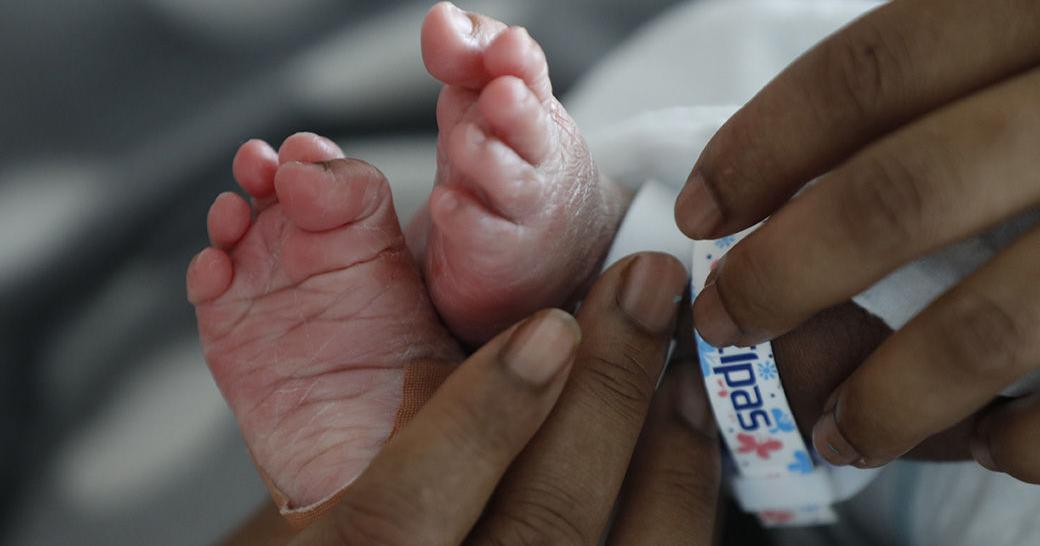Buffalo – and Western New York as a whole – has long been touted as a great place to settle down, buy a home and raise children.
But as birth and fertility rates continue to decline nationwide, Western New York has been no exception.
In fact, the region’s birth rates – a measure of live births per 1,000 people – are on average below the state’s rate of 10.7 births, according to 2020 data from the New York State Department of Health’s Vital Statistics.
Nearly 1,100 fewer babies were born in the eight counties of Western New York in 2020, compared with 2010, according to that same data.
Erie County, which experienced a population increase for the first time in 70 years, has the 18th-lowest total fertility rate in the state, according to data from Cornell University’s Program on Applied Demographics.
Total fertility rate refers to the average number of live births a woman would have during her reproductive years if she followed the existing patterns of age-specific fertility in the given year.
Erie County’s total fertility rate of 1.56 is below the state average of 1.63.
However, that is not the case for all of Western New York’s eight counties. Cattaraugus County, for example, has the 10th-highest fertility rate in the state at 1.92 live births per 1,000 women.
Nationally, birth and fertility rates have steadily declined since the 1970s, as people are having fewer children or waiting to have children later in life, and teenage pregnancy rates have dramatically fallen in the past 30 years.
That is a trend LuAnne Brown, the current CEO of the Buffalo Prenatal Perinatal Network, saw during her 30-year career as an OBGYN nurse at the former Women and Children’s Hospital of Buffalo.
“We saw women that, for whatever reason, got married later,” Brown said. “Maybe they’re pursuing their careers, but they’re having their kids later.”
As women begin having their first child later in life, they typically…
Read the full article here

Leave a Reply